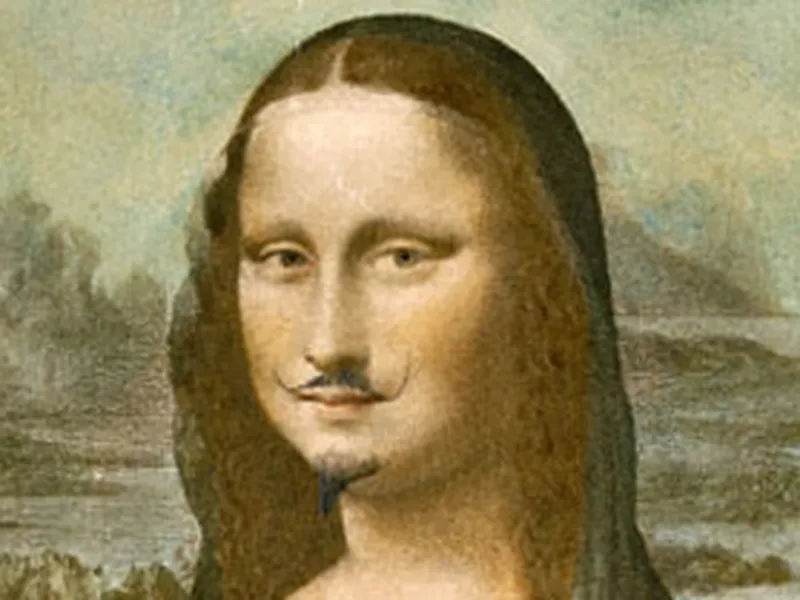Robert Draws – Kerry James Marshall has long stood as one of the most important voices in contemporary figurative painting. With a clear focus on centering Black figures in fine art, he has challenged the boundaries of traditional Western art history. Marshall’s approach is not just about aesthetic representation but also about political and cultural visibility. His works serve as powerful statements, demanding space for Black presence within galleries and museums historically dominated by Eurocentric narratives. By incorporating classical techniques alongside distinctly African American cultural references, Marshall builds bridges across time, geography, and identity.
This method transforms every canvas into a site of both resistance and celebration. His subjects, painted with dark, unflinching skin tones and placed in everyday settings, defy tokenism and claim full humanity. Through this commitment, Kerry James Marshall redefines not just who is seen in art but how they are seen. His current retrospectives confirm his lasting impact on global art discourse.
The Significance of the Retrospective at the Royal Academy
The Royal Academy’s retrospective of Kerry James Marshall’s work offers a rare opportunity to engage deeply with the artist’s evolving vision. It is not merely an exhibition but a journey into the layered history and psychology of representation. The curatorial design allows viewers to follow Marshall’s exploration of themes such as Black domestic life, historical erasure, and the mythology of beauty.
Large-scale paintings, intricate collages, and thoughtful drawings reveal how deliberate every brushstroke and composition has been. One of the most compelling aspects of this show is the sense of narrative woven throughout the galleries. Rather than a fragmented display, the works are connected in visual and thematic dialogue. Visitors move through a world in which Blackness is not an exception but the central focus. In doing so, the retrospective asserts that museums can be spaces for rewriting history, not just preserving it. Marshall’s presence within these walls changes the institution itself.
“Read about: To Look with Love: Jess T. Dugan’s Radical Portraits of Identity and Belonging”
Musée d’Art Moderne and the Global Conversation
The exhibition at Musée d’Art Moderne places Kerry James Marshall within a broader global conversation about race, identity, and the legacy of colonialism in art. While his work is grounded in the African American experience, its resonance stretches far beyond national boundaries. At this Parisian venue, Marshall’s portraits of Black life invite European audiences to confront their own historical silences and blind spots. The museum’s decision to host his retrospective marks a turning point in how contemporary art institutions acknowledge and challenge exclusion. Audiences are not only invited to appreciate the technical mastery of his work but also to reflect on what has been omitted from their cultural education. By exhibiting his art in this context, the museum repositions Marshall as a figure of international relevance. His images of Black love, leisure, and resistance resonate in every corner of the gallery, offering viewers both beauty and reckoning in equal measure.
Rewriting the Canon Through Representation
Marshall’s impact is perhaps most profound in how he rewrites the artistic canon. His refusal to present Black figures as symbols of trauma alone disrupts long-held tropes within Western art. Instead, his subjects live full, complex lives. They dance, read, pose, and rest. In portraying these scenes, Marshall asserts that representation is not just about visibility but about dimensionality.
His work also engages in dialogue with the masters of art history. From Rembrandt to Rothko, visual references are adapted and repurposed, creating a visual genealogy that includes but does not center whiteness. This reclamation transforms the canvas into a political act. Art history is shown to be not fixed, but mutable and open to re-interpretation. By placing Black experiences at the center of his work, Kerry James Marshall does more than fill a gap. He expands the definition of artistic legacy to include voices that have long been overlooked or denied space altogether.
“Read more: From Pain to Breath: Inhaled Insulin Brings Comfort to Children with Type 1 Diabetes”
Looking Ahead: Legacy and Influence
As Kerry James Marshall’s work continues to gain recognition across the globe, his influence on the next generation of artists becomes more visible. Emerging Black painters often cite him as a major inspiration, not only for his visual language but for his unrelenting commitment to representation. Art schools and critics alike have begun to acknowledge the structural changes needed to sustain the momentum his work has initiated.
His pieces have entered major collections and academic discourse, cementing their role as cultural touchstones. But beyond the walls of institutions, his art resonates with everyday people who see their lives reflected and honored. This connection between the personal and political defines his practice. Marshall’s ongoing legacy lies not just in what he paints, but in how he empowers others to paint themselves. As the world grapples with questions of inclusion, identity, and justice, Kerry James Marshall remains a guiding figure in reimagining what art can and should be.



